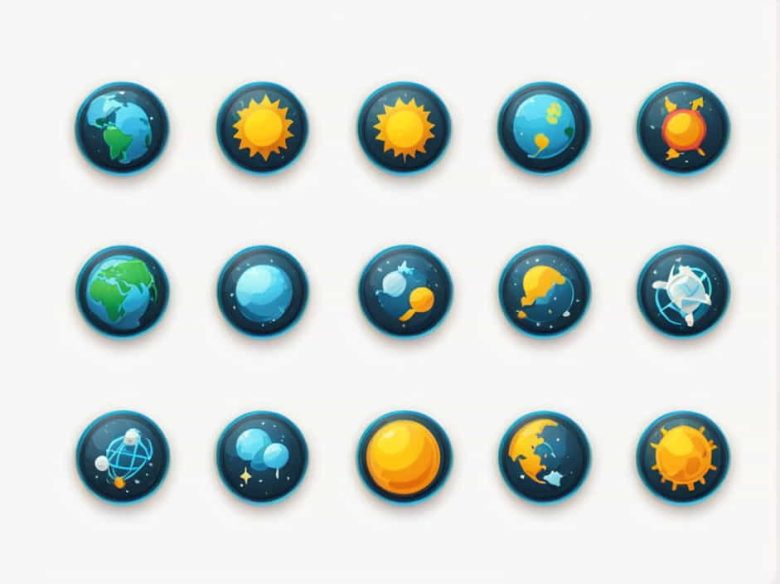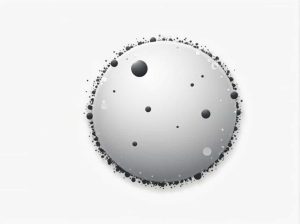The twinkling of stars is a beautiful and familiar sight in the night sky. However, few people know that this twinkling, or stellar scintillation, is caused by a scientific phenomenon known as atmospheric refraction. This topic will explain what atmospheric refraction is, how it affects the appearance of stars, and why planets do not twinkle as much as stars.
What Is Atmospheric Refraction?
Atmospheric refraction refers to the bending of light as it passes through different layers of Earth’s atmosphere. Since the atmosphere is not uniform, light from celestial objects like stars gets bent multiple times before reaching our eyes.
1. Why Does Light Bend in the Atmosphere?
- The Earth’s atmosphere consists of layers with varying densities and temperatures.
- Light travels at different speeds through these layers, causing it to change direction multiple times.
- This continuous bending results in shifts in the apparent position of stars, making them appear to flicker or twinkle.
2. How Does Atmospheric Refraction Cause Twinkling?
- As starlight passes through different layers of air, turbulence and temperature variations cause slight distortions.
- These distortions lead to rapid changes in the brightness and position of the star as seen from Earth.
- This fluctuation in light intensity and direction creates the effect we recognize as twinkling.
Why Do Stars Twinkle More Than Planets?
Although both stars and planets are affected by atmospheric refraction, stars twinkle more noticeably than planets. This difference is due to:
1. The Distance of Stars vs. Planets
- Stars are much farther away from Earth than planets.
- Because of their extreme distance, they appear as small points of light with no visible disk.
- This makes them more susceptible to atmospheric distortions.
2. Planets Have a Larger Apparent Size
- Planets are closer to Earth and appear as small disks rather than single points of light.
- The light from different parts of the planet’s disk averages out the effects of atmospheric turbulence, reducing the twinkling effect.
Factors That Influence the Twinkling of Stars
Not all stars twinkle equally. Several factors affect how much a star appears to flicker:
1. The Altitude of the Star
- Stars near the horizon twinkle more because their light travels through a greater thickness of the atmosphere.
- Stars directly overhead twinkle less because their light passes through a smaller portion of the atmosphere.
2. Weather Conditions
- High winds and unstable air masses increase turbulence, making stars twinkle more.
- On a calm, clear night, twinkling is reduced as the air is more stable.
3. Air Pollution and Humidity
- Excess dust, moisture, and pollutants in the atmosphere scatter light more, increasing the twinkling effect.
- Dry, clean air reduces the amount of distortion, making stars appear steadier.
Can Twinkling Be Reduced?
Astronomers use various techniques to minimize the effects of twinkling:
1. Observing from High Altitudes
- Telescopes built at high-altitude observatories (such as those in Hawaii or Chile) experience less atmospheric interference.
2. Using Adaptive Optics
- Modern telescopes use adaptive optics, which adjust for atmospheric distortions in real time, producing clearer images of celestial objects.
3. Observing from Space
- Space telescopes like the Hubble Space Telescope avoid atmospheric effects completely, providing sharp, stable views of the universe.
The twinkling of stars, or stellar scintillation, is caused by atmospheric refraction, where starlight bends due to changes in air density and temperature. While stars twinkle due to their great distance and small apparent size, planets remain relatively steady because they have a larger visible disk. Various factors, including weather, altitude, and pollution, influence the intensity of twinkling. Astronomers use high-altitude observatories, adaptive optics, and space telescopes to overcome this effect, allowing for clearer observations of the night sky.



